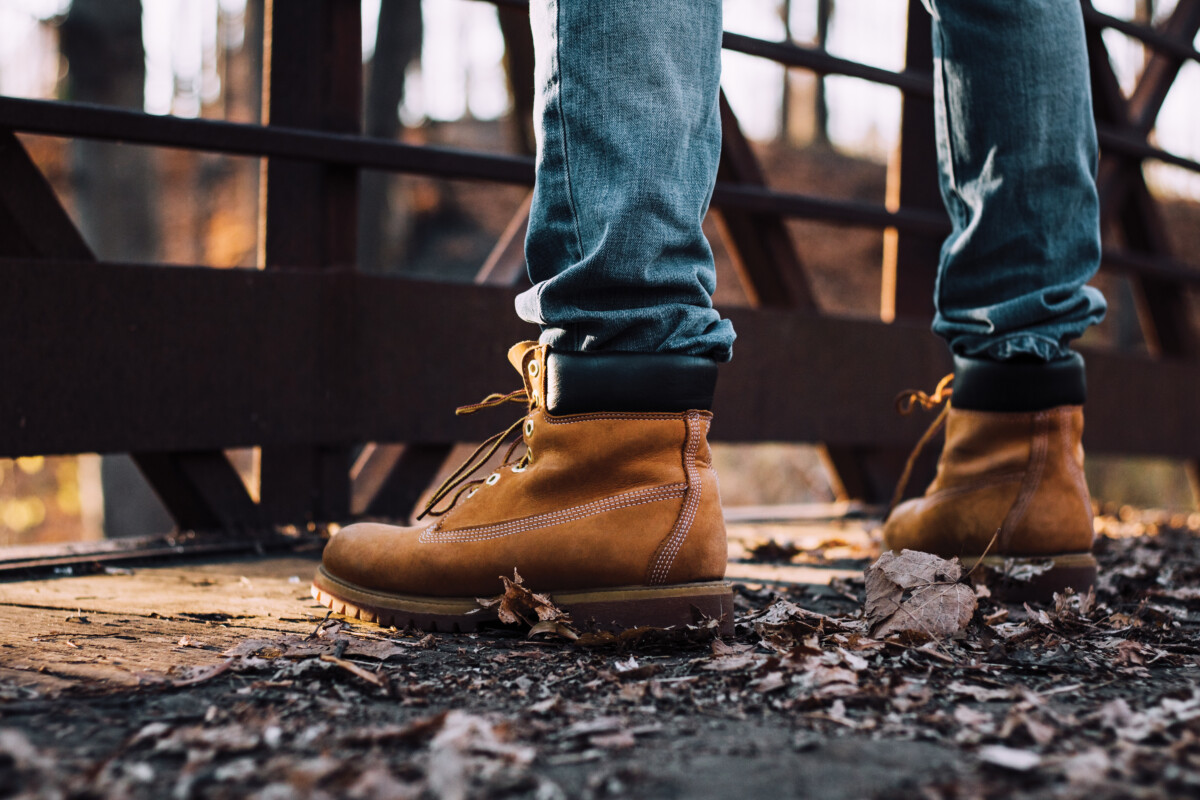How to Pick Winter Work Boots

When you’re on your feet outdoors all day, it’s important to have the right pair of boots, especially in the cold, snow and mud of winter.
Insulation and Fit
Boot insulation is measured in grams (G). The more grams, the thicker the insulation. Insulation thickness usually varies from 200G to 1000G. The lower levels of insulation work in most winter conditions in southern Indiana, especially if you are moving around a lot. The more time you spend standing around in the snow and cold, the thicker the insulation you will need. 1000G insulation is for subzero temperatures.
Boot insulation can be permanently attached to the inside of the boot or it can be part of a removable insert. When insulation is removable, it can be cleaned and/or replaced if needed. It can have more “loft” or fluff, when not stitched down, so it can contain more pockets of air to hold in heat. Removable insulation is also much easier to dry.
On the downside, removable insulation can be much bulkier and fit more loosely around the foot. The insert can sometimes move around inside the boot, so it may bunch up and be uncomfortable. The boot cannot fit as closely around the foot when the insulation is removable. This makes the boot less suitable for situations when you need to be more maneuverable.
Weight and Fit
The further you walk, the more heat your feet generate, and the less insulation you are likely to need. Winter hiking boots can therefore be much lighter-weight than boots used for standing in the cold in a field or at a worksite.
Instead of having a waterproof outer layer, winter hiking boots have a thinner water-resistant inner layer. This makes them more flexible, which allows them to fit more closely around the foot so that they are more maneuverable. It also makes them more permeable to water, which is bad for working in cold, muddy, conditions. They are best when precise footwork and/or lots of walking is required.
Waterproof winter boots are usually insulated and slip onto the foot. Due to the stiffness of their materials and the lack of laces, they don’t fit tightly around the foot. The loose fit, in combination with the added weight of their materials, makes them uncomfortable for walking. There is, however, no substitute, for high, waterproof boots, when working in really wet conditions.
Traction
The bottom of winter work boots can be as important as the top. It’s important to have good traction when walking on ice. It’s also important to have grooves that are shaped to prevent the accumulation of snow and ice on the bottom of the shoe.
When walking on ice and snow, sometimes the best boot soles aren’t up to the task. In this case, it may be necessary to have removable “snow grippers” or “ice cleats” that wrap around the outside of the boot. Some of these come with chains and some come with metal spikes on the bottom. There are different grades suitable for different ice conditions.
Foot Protection
Anyone who needs foot protection probably knows what they need. There are composite and steel toes to protect the toes, puncture-resistant plates to protect the bottom of the feet from nails and glass, and metgards to protect the bones on the top of the feet. All of these things are heavy and tend to make boots much less comfortable to walk in.
Boot Size
When buying winter work boots, be sure to leave room for thick socks, a half size larger may be necessary.
Seal of Approval
The American Podiatric Medical Association (APMA) works to promote foot health in the United States. As part of this mission, the association has a panel of podiatrists, the Podiatric Seals Committee, that inspects foot care products, including shoes and boots. Products and are judged to be of excellent quality and beneficial to foot health are given the APMA Seal of Approval. If you want to find out about specific products, you can search for them at: Seal of Acceptance/Approval Program | APMA The design of the seal is below:

